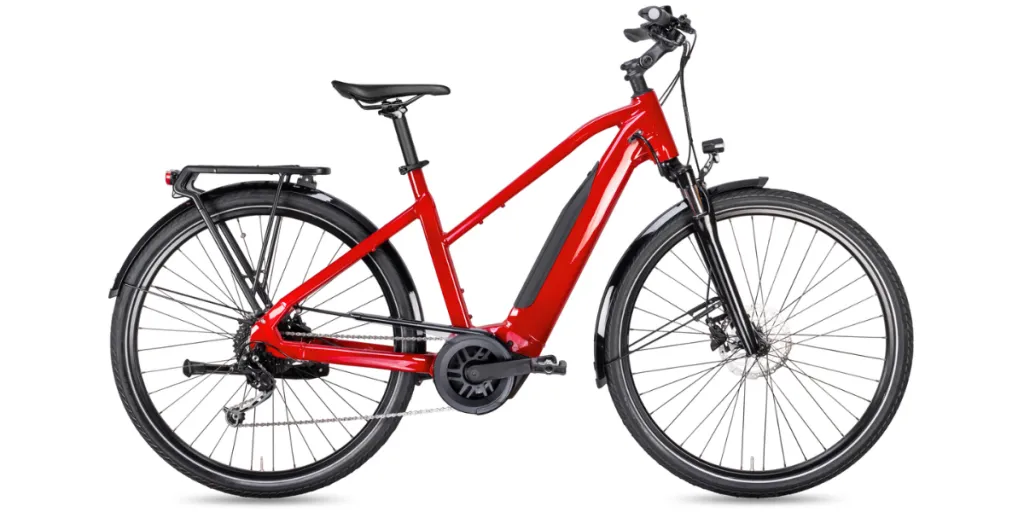In the rapidly evolving world of transportation, electric hybrid bikes have emerged as a game-changer. Offering a seamless blend of manual pedaling and electric assistance, these bikes cater to a diverse range of needs, from daily commutes to leisurely rides. For businesses, they represent a golden opportunity: a product that not only aligns with the global shift towards sustainable mobility but also meets the ever-growing demand for efficient, eco-friendly, and versatile transportation solutions. As online retailers scout the market for the next big thing, electric hybrid bikes stand out as a prime contender, promising both user satisfaction and robust sales.
Table of Contents
2024 market snapshot: Riding the e-bike wave
Essential criteria: Making informed product selections
Spotlight on top electric hybrid bikes: Features and innovations
Conclusion
2024 market snapshot: Riding the e-bike wave
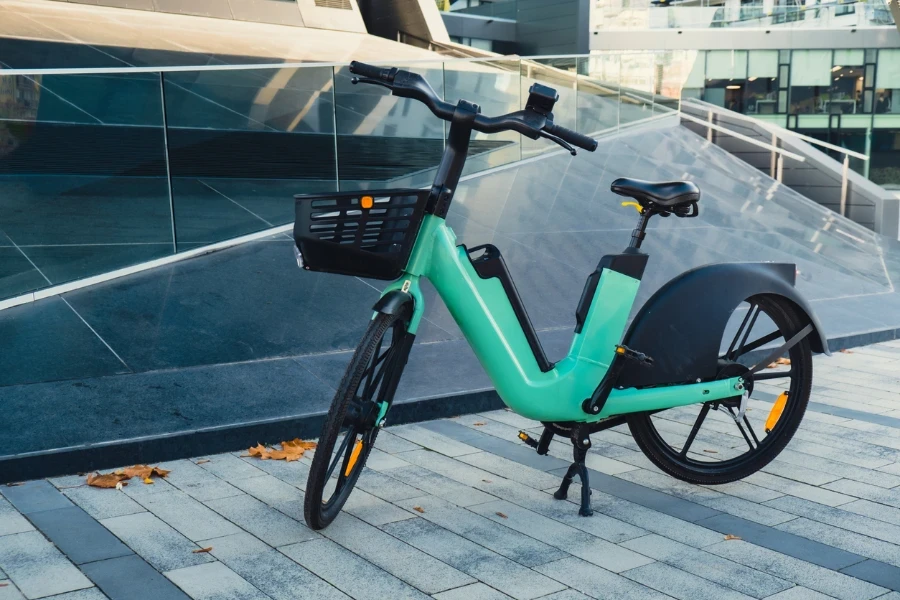
The electric bike market is not just a fleeting trend; it’s a wave that’s taking the world by storm. As businesses and online retailers look to capitalize on this burgeoning industry, understanding the current landscape and future projections becomes paramount.
Global demand and growth projections
The e-bike market is witnessing an unprecedented surge. The global market size is set to reach a staggering $27.5 billion by 2025. This growth is fueled by a combination of environmental concerns, urban congestion, and the appeal of a healthier commute. The CAGR is projected to be 7.9% between 2020 and 2025, indicating a steady upward trajectory.
While these numbers are impressive, what’s even more intriguing is the potential for further expansion. The market is still in its nascent stages in many regions, offering ample opportunities for businesses to tap into uncharted territories.
Regional hotspots: Where e-bikes are zooming ahead
Europe led the charge in the e-bike revolution. The continent accounted for a whopping 40% of global e-bike sales in 2022. Germany, in particular, has been a frontrunner, with sales skyrocketing by 38% in just one year.
However, Asia-Pacific is not far behind. With its dense urban centers and growing middle class, the region is ripe for e-bike adoption. China, already a significant player, is expected to see a surge in demand, especially in its tier-2 and tier-3 cities.
North America, on the other hand, is catching up. The region has witnessed a 130% increase in e-bike sales over the past two years. The US and Canada are showing a keen interest, driven by both consumers and policymakers aiming for greener transportation alternatives.

Consumer preferences: What buyers want
When it comes to e-bikes, one size doesn’t fit all. Consumer preferences vary widely based on geography, demographics, and individual needs. However, some trends are emerging.
Price remains a significant factor. While premium e-bikes have their niche, a vast majority of consumers are looking for affordable yet reliable options. Models priced between $1,000 and $1,500 are seeing the highest demand.
Features too play a pivotal role. Buyers are increasingly seeking bikes with longer battery life, robust build quality, and advanced safety features. The integration of technology, such as GPS and smart connectivity, is also gaining traction.
In essence, the e-bike market is evolving rapidly. For businesses and online retailers, staying abreast of these trends and understanding consumer preferences will be the key to riding the e-bike wave to success.
Essential criteria: Making informed product selections
In the dynamic world of electric hybrid bikes, the sheer variety of options can be overwhelming for businesses and online retailers. However, making informed decisions is crucial to ensure customer satisfaction and drive sales. Here’s a deep dive into the essential criteria to consider when selecting electric hybrid bikes.
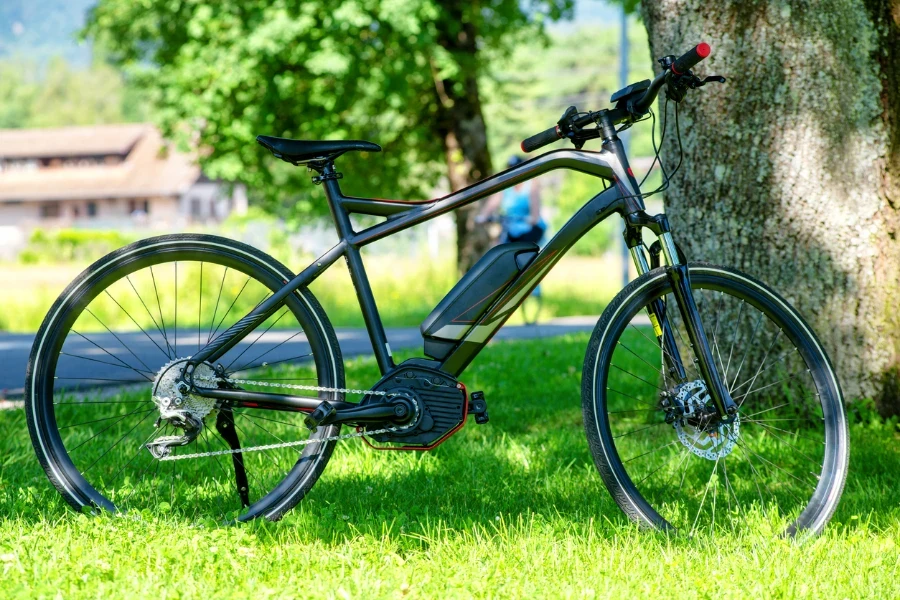
Performance and efficiency
Performance is paramount when it comes to e-bikes. The heart of an electric bike lies in its motor. The difference between e-bikes and traditional bikes is their power, with some e-bikes capable of reaching speeds of 20mph. Motor types vary, with hub motors located in the wheel center and mid-drive motors near the pedals. The latter provides power to the drivetrain, which then powers the wheels. Battery life is another critical factor. E-bike batteries can last anywhere from 30-60 miles on a single charge, depending on factors like terrain and pedaling amount. It’s essential to consider both motor types and battery longevity to ensure optimal performance.
Design and comfort
While performance is crucial, design and comfort shouldn’t be overlooked. The frame design impacts both aesthetics and the rider’s comfort. Whether it’s mountain bikes, road bikes, or hybrids, the choice largely depends on the intended use. Seating comfort is another aspect that can influence a buyer’s decision. After all, a comfortable ride can make all the difference, especially for longer commutes or leisurely rides.
Safety and durability
Safety is non-negotiable. Brake systems play a pivotal role in ensuring rider safety. Modern e-bikes are equipped with advanced braking systems that offer quick response times. Lighting is another essential feature, ensuring visibility during low-light conditions. Build quality is equally vital. A well-constructed e-bike not only ensures longevity but also minimizes maintenance costs in the long run.
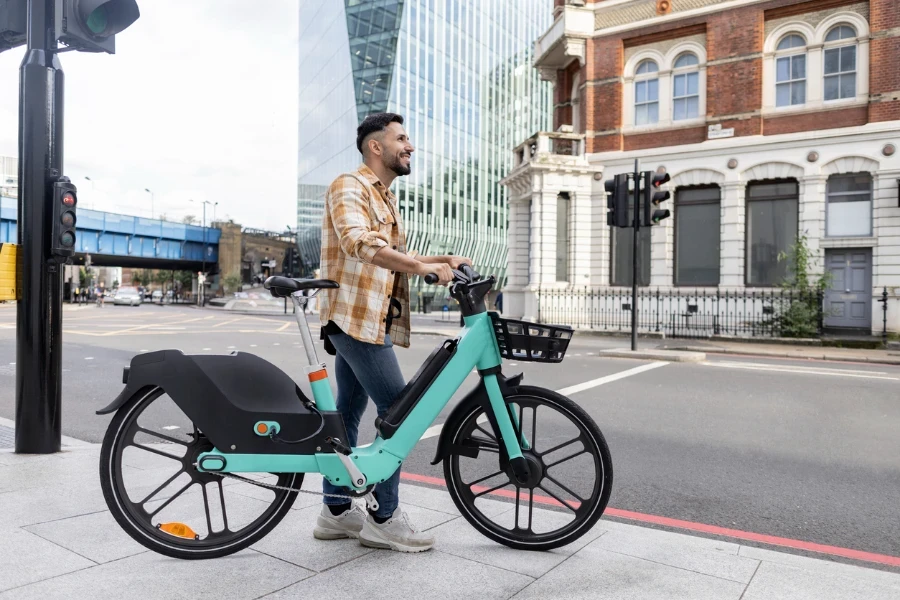
Technological innovations
The e-bike industry is undergoing a technological renaissance, with advancements that not only enhance the riding experience but also cater to the modern, tech-savvy consumer. Here’s a closer look at some of the standout technological advancements in electric hybrid bikes:
Connectivity and smart features
Modern e-bikes are increasingly integrating with the digital ecosystem. Many now come equipped with built-in GPS systems, allowing riders to track routes, monitor performance metrics, and even locate their bikes in case of theft. This connectivity extends to smartphone apps, where riders can control various bike features, from battery monitoring to ride analytics. Such integrations offer a blend of convenience and enhanced user experience, making rides more informed and enjoyable.
Advanced battery technology
Battery technology has seen significant improvements. Modern e-bikes are now equipped with batteries that offer faster charging times and longer lifespans. This not only ensures extended ride times but also reduces the frequency of battery replacements, leading to cost savings in the long run.
Regenerative braking
A feature borrowed from electric cars, regenerative braking allows e-bikes to convert some of the energy used in braking back into stored power in the battery. This not only enhances battery efficiency but also provides a smoother braking experience for the rider.
Integrated lighting and safety systems
Safety remains paramount, and technological advancements are playing a pivotal role in enhancing rider safety. Modern e-bikes come with integrated lighting systems that ensure visibility during low-light conditions. Additionally, some bikes now feature advanced safety systems like collision warnings and automatic emergency braking, ensuring added security for the rider.
Customizable ride modes
With advancements in software and sensors, riders can now customize their e-bike’s performance based on their needs. Whether it’s a boost mode for uphill climbs or an eco mode for extended battery life, these customizable ride modes offer a tailored riding experience.
Incorporating these technological advancements can provide businesses with a competitive edge, ensuring they offer products that resonate with the modern consumer’s needs and preferences. As the e-bike industry continues to evolve, staying abreast of these technological trends will be crucial for businesses aiming to stay ahead of the curve.
Spotlight on top electric hybrid bikes: Features and innovations
The electric hybrid bike market is teeming with innovation. As the demand for these bikes surges, manufacturers are pushing the envelope, introducing groundbreaking features that set their products apart.
Leading models and their unique selling points
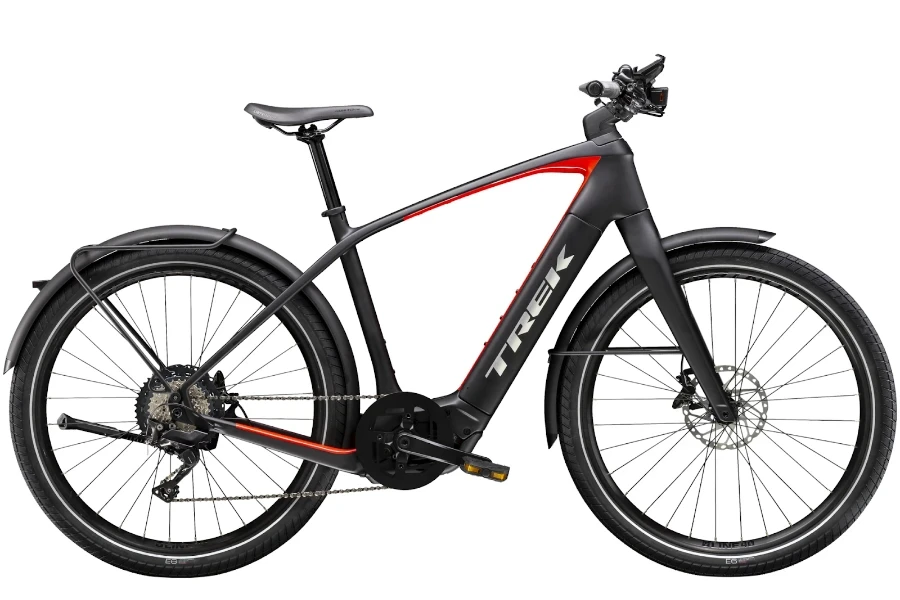
Diving into the world of electric hybrid bikes, certain models stand out, not just for their performance but for the unique features they bring to the table. For instance, the Trek Allant+ 9.9S boasts an impressive range, making long commutes a breeze. On the other hand, the Specialized Turbo Vado SL offers a lightweight design, ensuring agility and ease of use.
But it’s not just about range and weight. The Giant Quick-E+ integrates advanced motor technology, providing a seamless blend of pedal power and electric assistance. This harmony ensures riders get the best of both worlds.

Value propositions: Best bikes for different budgets
Value is subjective. What might be a steal for one might be steep for another. However, in the realm of electric hybrid bikes, there’s something for everyone. For those on a tight budget, the Carrera Crossfuse offers commendable performance without breaking the bank, as noted by ElectricBikeReview. Meanwhile, for those willing to splurge, the Cannondale Canvas Neo stands out with its premium features and unmatched ride quality.
Sustainability and eco-friendly features
The green movement is in full swing, and the electric hybrid bike industry isn’t lagging. Brands are increasingly focusing on sustainable production methods and incorporating eco-friendly features. The Orbea Gain, for instance, uses materials that are both durable and recyclable, reducing its carbon footprint. Moreover, the Cube Touring Hybrid Pro emphasizes energy efficiency, ensuring riders get more miles with less charge.
Conclusion
The electric hybrid bike market is more than just a trend; it’s a testament to human ingenuity and the drive to create sustainable solutions. As we reflect on the current landscape, it’s evident that staying ahead requires more than just producing bikes. It’s about understanding market dynamics, adapting to consumer needs, and most importantly, investing in quality and innovation.
Retailers take note. The future is electric, and success lies in embracing change, prioritizing sustainability, and delivering value at every price point. The road ahead is exciting, and those who gear up now will undoubtedly lead the pack in the years to come.
